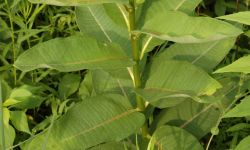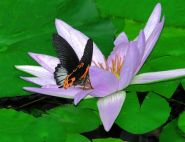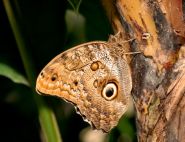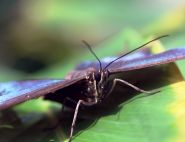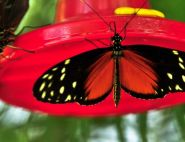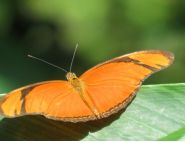Monarchs and Milkweeds
Monarch butterflies live through most of the USA and in southern Canada. Some groups of Monarchs migrate for over 2,000 miles during August-October, flying from Canada and the USA to over winter in coastal southern California to the mountains of central Mexico. Females lay their eggs along the migratory route. This migration takes up to three generations of Monarchs to complete. Other Monarchs stay in one area their entire lives.
- Help these beautiful butterflies by planting some of the nectar and the more important host plants listed below in your yard this Spring.
- Milkweed plants are easy to grow from seed and will keep all the butterflies visiting your garden!
- Visit the link below for a fabulous informative guide.....
- A tribute to the Monarch Butterfly:How to turn your backyard into a butterfly friendy habitat.
Milkweeds are members of the Asclepias family, and are the only host plants for the Monarch and Queen butterflies. The adult females can seek out these plants from miles away to lay their eggs on. The caterpillars that hatch will remain on the plants and eat the leaves until they enter the pupal stage, and then later emerge as adult butterflies.
By growing milkweeds in your garden you can watch every stage of the butterfly life cycle. Furthermore, many other species of butterflies will visit the milkweed plants in bloom, attracted by their nectar,
so you can fill your garden with butterflies! All milkweeds are easily started from seed and can be either planted directly into the garden or started early indoors. The following should be readily available from your local garden center as plants or seeds, if not ask them to order!
| Plant Milkweeds for Monarch caterpillars |
|
'Bloodflower', Asclepias curassavica, a red and yellow flowered tropical milkweed. Grows quickly to about 3', grown as an annual in cold winter areas. 'Common Milkweed', Asclepias syriaca, a native of North America, perennial, grows to 3-4', mauve/purple blooms. |




